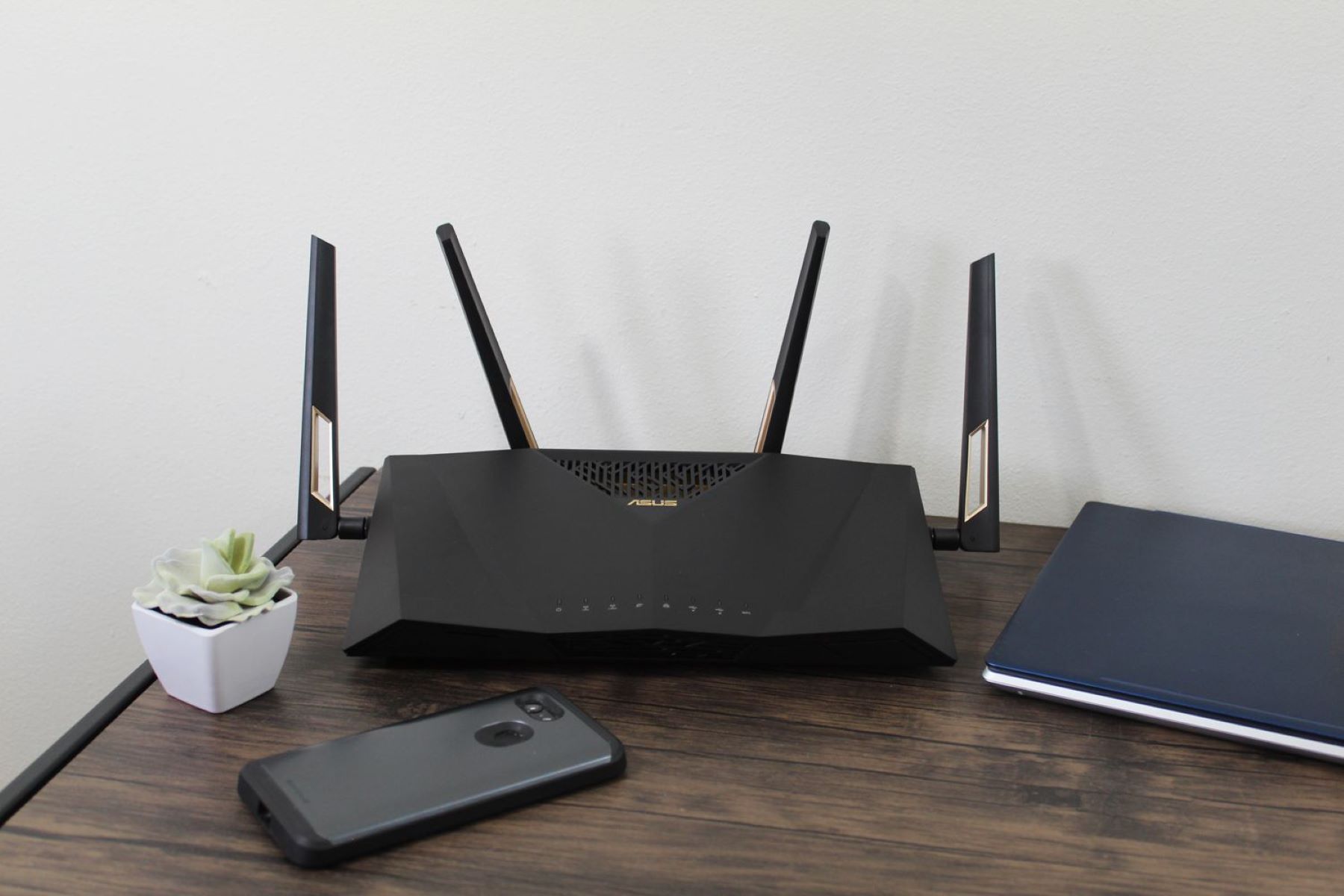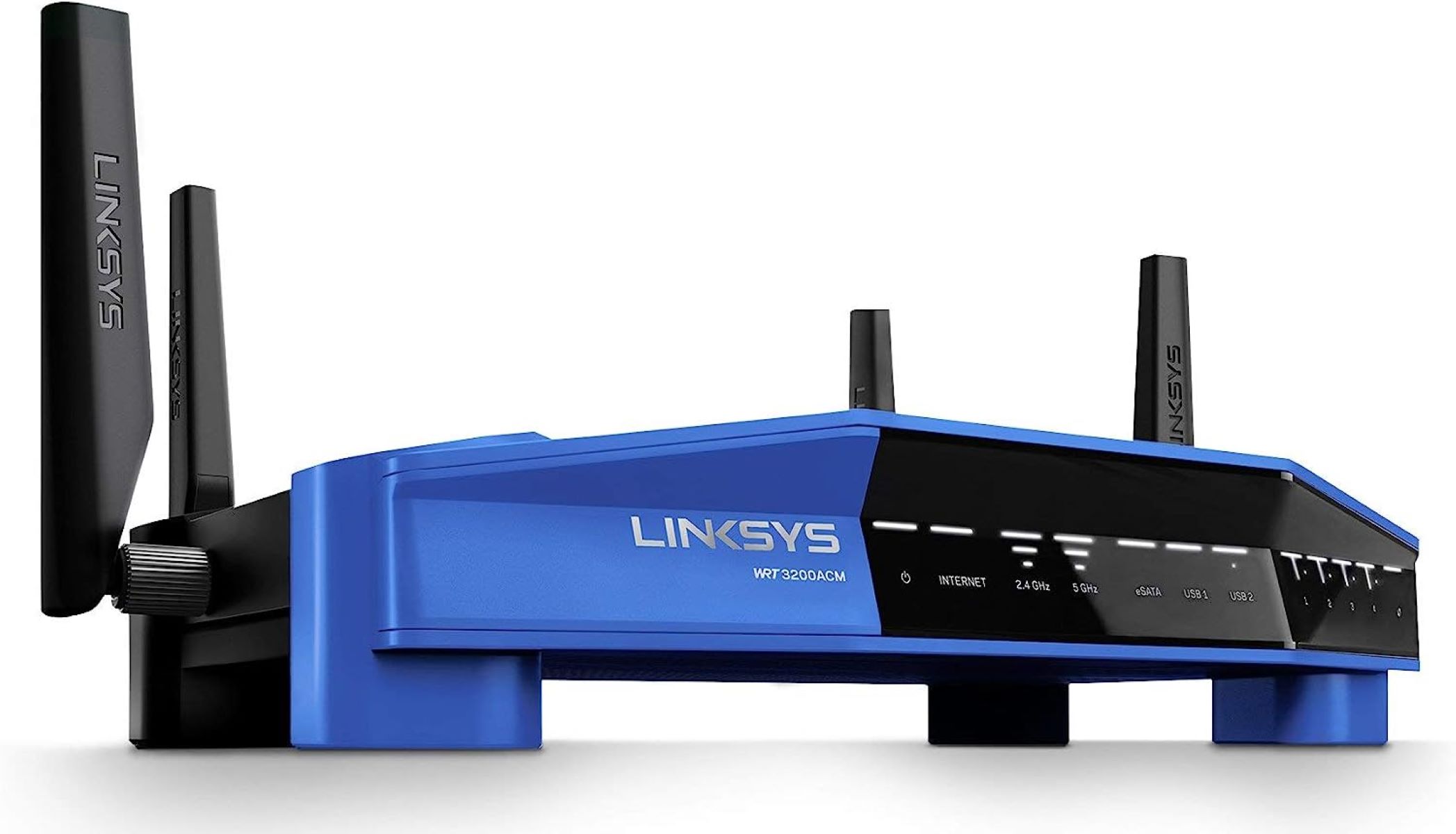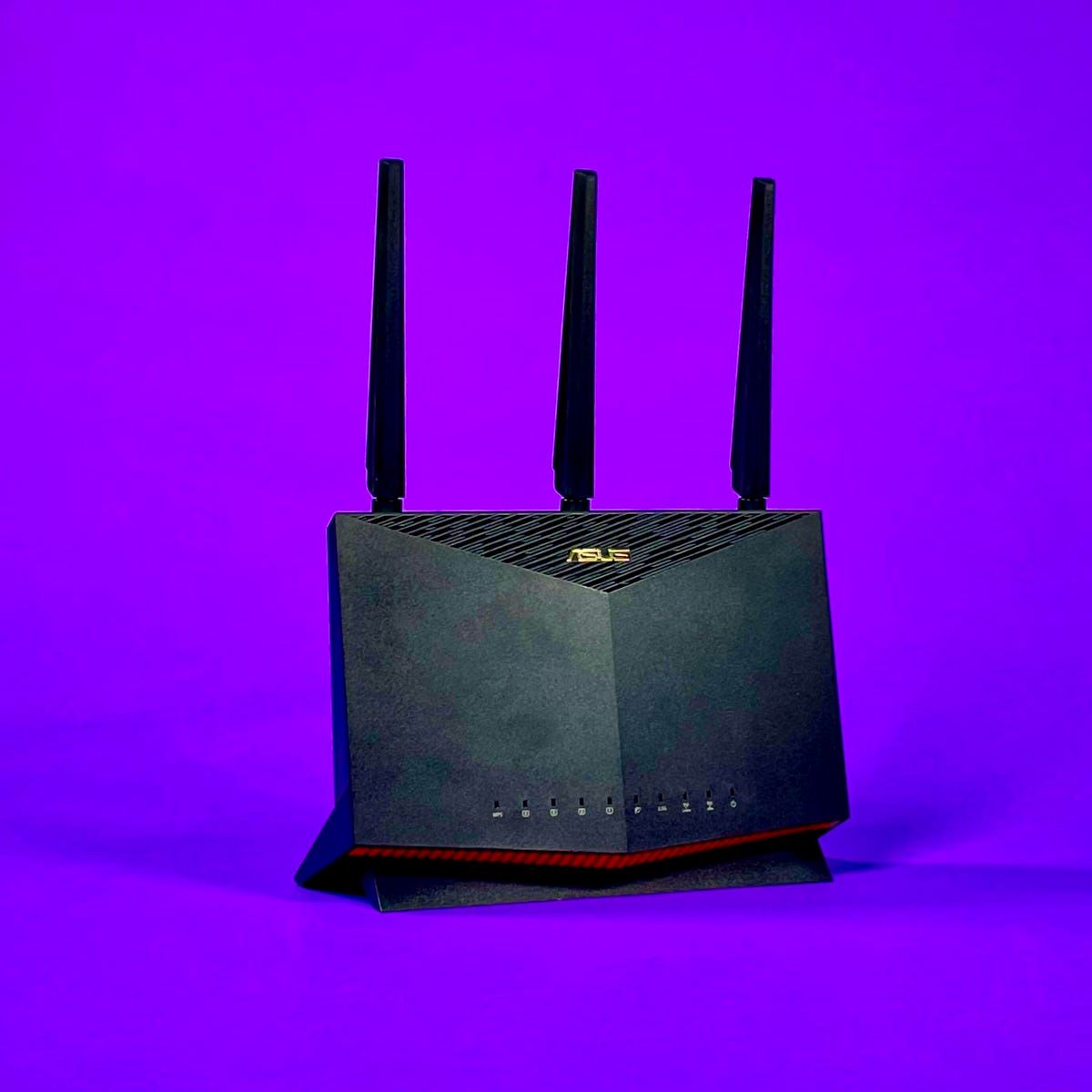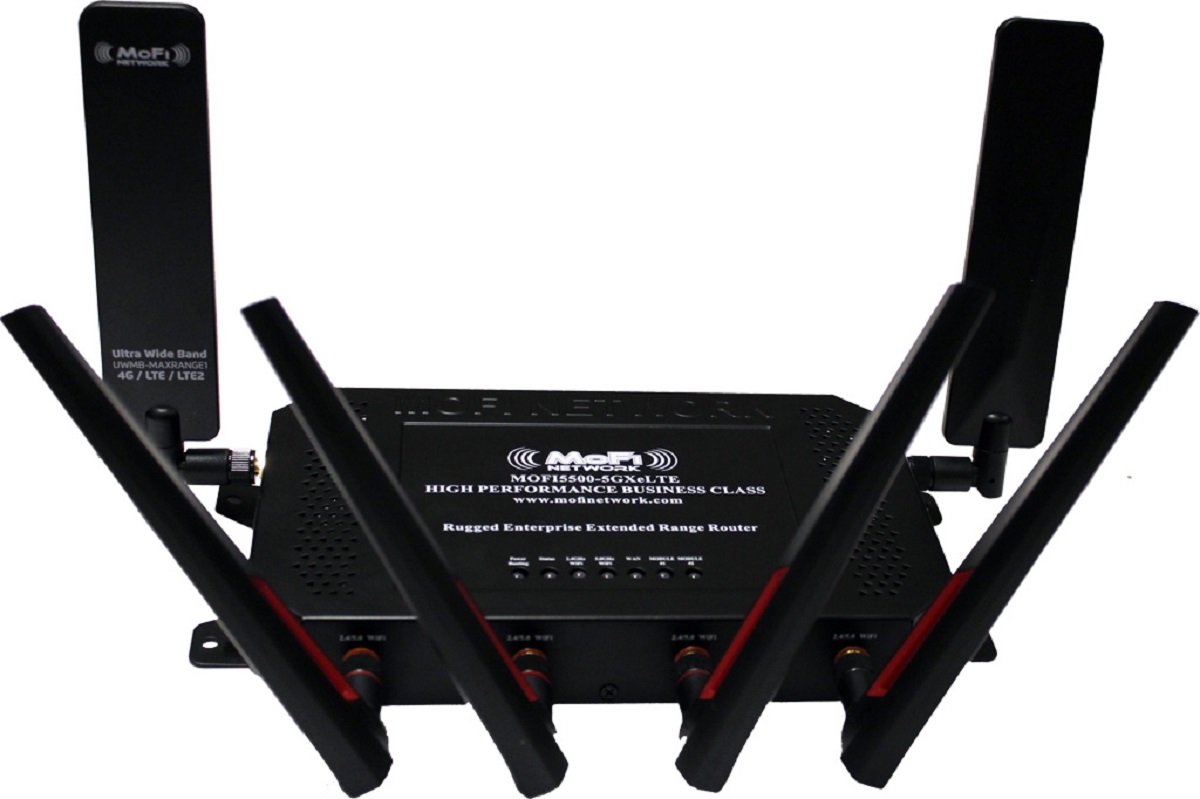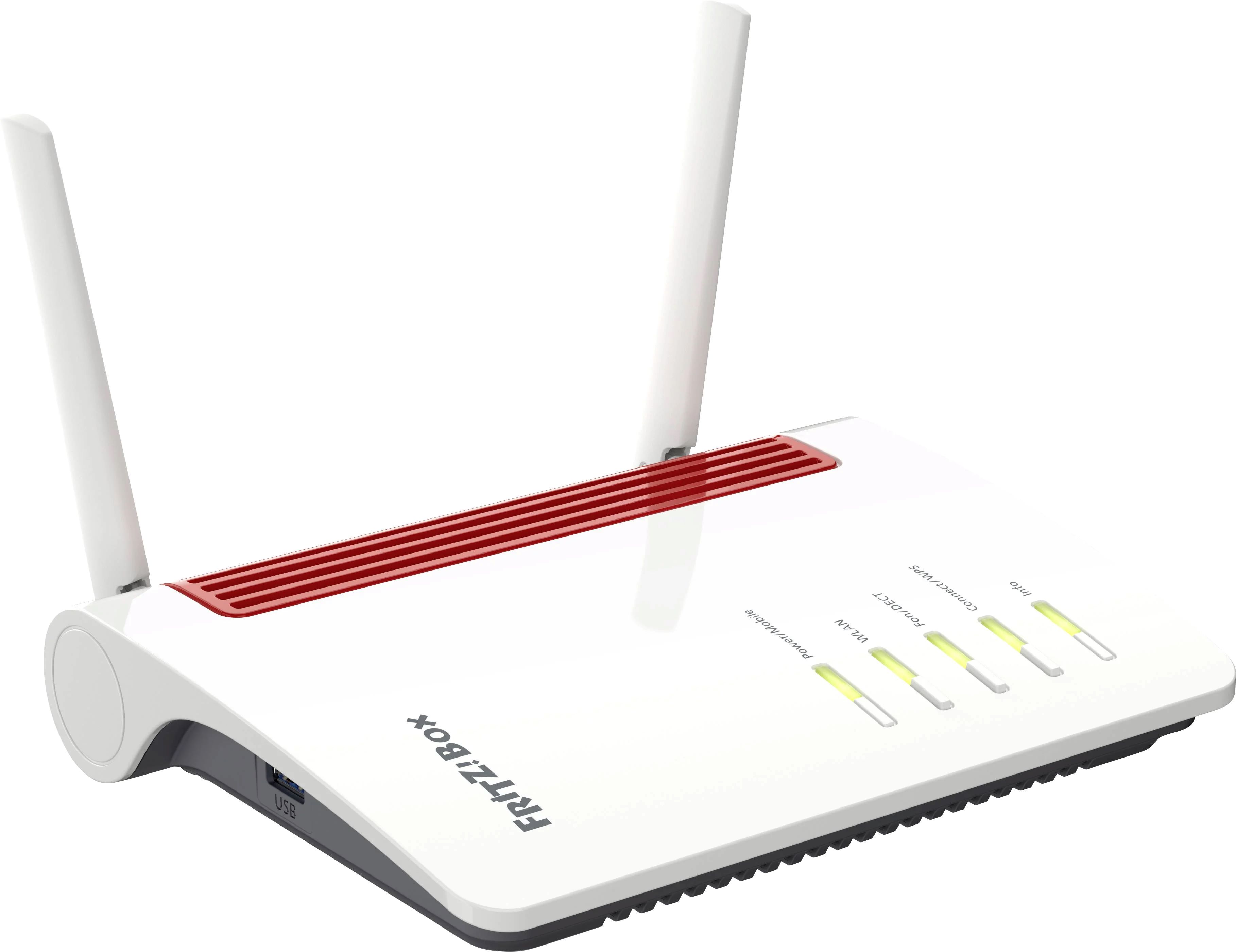Introduction:
With the rising popularity and demand for high-speed internet connectivity, the advent of 5G technology has become a game-changer in the realm of wireless communication. However, one distinct aspect that often perplexes consumers is the seemingly high cost of 5G routers. The question arises: why are these routers so expensive?
To address this query, it is essential to delve deeper into the development of 5G technology and explore the advanced features and capabilities that these routers offer. Additionally, we need to consider factors such as manufacturing and development costs, limited availability, compatibility challenges, and the incorporation of cutting-edge technology. By understanding these elements, we can gain a comprehensive perspective on the pricing dynamics of 5G routers.
Before proceeding further, it is crucial to note that the purpose of this article is not to discourage or dissuade consumers from investing in 5G routers. On the contrary, it aims to shed light on the factors contributing to their cost and to offer insights into the substantial benefits they provide.
The Development of 5G Technology:
The development of 5G technology is a result of years of research, innovation, and significant investments from telecom companies and technology giants. Unlike its predecessors, 5G offers a multitude of advancements that revolutionize wireless communication. It boasts lightning-fast internet speeds, ultra-low latency, and massive connectivity, enabling a wide range of applications such as autonomous vehicles, smart cities, and Internet of Things (IoT) devices.
To deliver these unprecedented capabilities, 5G technology requires a sophisticated infrastructure and extensive upgrades to existing networks. Telecom companies have to invest in deploying new base stations, installing high-frequency antennas, and implementing advanced networking equipment. These infrastructure upgrades and the deployment of 5G networks come with a substantial cost.
Moreover, the immense research and development efforts undertaken to introduce 5G technology make it an expensive endeavor. Telecom companies have to collaborate with manufacturers and engineers to design and develop routers that are capable of harnessing the power of 5G networks. The sophisticated hardware and software components incorporated into these routers contribute to their higher production costs.
This phase of development is crucial to ensure that the routers are optimized for the 5G spectrum and can handle the high-speed data transmission. Extensive testing and optimization processes are undertaken to ensure the reliability, stability, and compatibility of these routers with the 5G infrastructure, further adding to the overall costs.
Furthermore, the development of 5G technology often involves navigating complex patent landscapes, licensing agreements, and royalties. Companies that invest in research and development of 5G technologies need to recoup their investments and ensure a sustainable business model. This leads to higher price tags on the routers to cover these licensing fees and royalties.
Overall, the development of 5G technology requires significant investments in research, infrastructure, and personnel. These costs are inevitably passed on to the consumers in the form of higher-priced routers. However, it is essential to recognize that these investments pave the way for a new era of connectivity, enabling transformative advancements in various industries.
Advanced Features and Capabilities:
One of the primary reasons why 5G routers are more expensive compared to their predecessors is the advanced features and capabilities they offer. 5G technology pushes the boundaries of wireless communication, unlocking a plethora of innovative functionalities.
Firstly, 5G routers provide blazing-fast internet speeds. With download and upload speeds surpassing those of previous generations, users can experience seamless browsing, streaming, and downloading without any lag or buffering. Whether it’s high-definition video content or large file transfers, 5G routers ensure a smooth and uninterrupted online experience.
Moreover, 5G technology boasts ultra-low latency, making it ideal for real-time applications. The minimal delay in data transmission is crucial for tasks like online gaming, virtual reality experiences, and remote control operations. 5G routers enable these latency-sensitive tasks to be performed with precision and almost imperceptible response times.
Another notable feature of 5G routers is their ability to handle massive connectivity. With the exponential growth of IoT devices, the demand for a robust and reliable network that can accommodate a large number of connected devices has increased. 5G routers excel in this regard, allowing users to seamlessly connect multiple devices simultaneously.
Besides their impressive speed and connectivity capabilities, 5G routers also come equipped with enhanced security features. The advanced encryption protocols and authentication mechanisms ensure a secure and protected network environment. With the increasing number of cyber threats, having a secure network is of utmost importance, and 5G routers provide an extra layer of defense.
Additionally, 5G routers offer improved coverage and reliability. They utilize higher frequencies and advanced antenna technologies to extend the reach of the network, providing better signal strength and stability compared to previous generations. This enhanced coverage ensures a consistent connection, even in areas with a high density of users.
Overall, the advanced features and capabilities of 5G routers justify their higher price tags. These routers offer unparalleled speed, low latency, massive connectivity, enhanced security, and improved coverage. These features cater to the evolving needs of modern users, enabling them to leverage the full potential of 5G technology.
High Manufacturing and Development Costs:
One significant factor contributing to the high cost of 5G routers is the substantial manufacturing and development expenses involved in their production. The intricate design, advanced components, and sophisticated technology incorporated into these routers result in a higher price tag.
The manufacturing process of 5G routers involves procuring specialized components and materials that are optimized to handle the high-speed and high-frequency requirements of 5G networks. These components, such as powerful processors, high-speed memory modules, and advanced antenna systems, often come at a premium, increasing the overall manufacturing costs.
Additionally, the manufacturing process of 5G routers requires stringent quality control measures and testing procedures. Manufacturers need to ensure that the routers meet the highest standards of performance, reliability, and security. This rigorous testing and quality assurance process contribute to the overall manufacturing costs.
Moreover, the development phase of 5G routers involves extensive research, engineering, and prototyping. Telecom companies collaborate with experts and engineers to design routers that can effectively harness the capabilities of 5G networks. This development phase incurs significant costs, including research expenses, salaries for skilled personnel, and investment in cutting-edge technology.
Furthermore, the economies of scale play a role in the manufacturing and development costs of 5G routers. As the demand for 5G routers increases, the overall cost per unit decreases. However, since 5G technology is still relatively new, the current demand may not be sufficient to achieve significant cost reductions. As the adoption of 5G networks expands and 5G routers become more mainstream, the economies of scale will likely come into play, resulting in more affordable options.
In summary, the high manufacturing and development costs are inherently tied to the complexity of 5G routers. The advanced components, rigorous testing, research and development efforts, and lack of economies of scale contribute to their higher price tags. However, as the technology matures and becomes more widely adopted, it is expected that the manufacturing and development costs will decrease, making 5G routers more accessible to a wider market.
Limited Availability and Demand:
Another factor that contributes to the higher cost of 5G routers is the limited availability and demand in the market. Since 5G technology is still in its early stages of deployment, the infrastructure and coverage are not widespread globally. This limited coverage translates to limited demand for 5G routers, resulting in higher prices.
Telecom companies need to recoup their investment costs and ensure profitability. With a smaller customer base for 5G routers compared to previous generations, manufacturers have to price their routers higher to cover their expenses and maintain profitability.
Additionally, the limited availability of 5G routers can create a scarcity in the market. High demand and limited supply often lead to inflated prices. As more telecom companies roll out 5G networks and the coverage expands, the availability of 5G routers is expected to increase, exerting downward pressure on prices due to heightened competition.
Furthermore, the relatively new and cutting-edge nature of 5G technology means that early adopters are often willing to pay a premium to be at the forefront of technological advancements. This willingness to pay a higher price for early access to 5G capabilities also contributes to the initial higher cost of 5G routers.
It is essential to note that as the adoption of 5G technology becomes more widespread, the demand for 5G routers is expected to grow significantly. This increase in demand will likely result in economies of scale and competition among manufacturers, leading to price reductions over time.
In summary, the limited availability and demand for 5G routers in the early stages of deployment contribute to their higher costs. As the technology matures and the infrastructure expands, the availability and demand for 5G routers will increase, leading to more competitive pricing and wider accessibility.
Compatibility and Integration Challenges:
Another factor that contributes to the higher cost of 5G routers is the compatibility and integration challenges associated with this new technology. 5G networks require compatible routers to fully leverage the benefits of high-speed connectivity, and ensuring seamless compatibility can be a complex process.
Firstly, the implementation of 5G networks involves a significant upgrade to the existing infrastructure. This upgrade includes the installation of new base stations, antennas, and networking equipment. To fully integrate with these new infrastructure components, 5G routers need to meet specific compatibility requirements, which often require custom design and development. These customized features and integration capabilities enhance the cost of manufacturing and ultimately impact the price of the routers.
Moreover, the compatibility challenge extends beyond the physical components. 5G networks operate at higher frequencies, which require different protocols and technologies compared to previous generations. It becomes imperative for 5G routers to support the required frequency bands and modulation schemes to ensure seamless connectivity. Adapting routers to support these new specifications and technologies adds complexity to the design and manufacturing process, further contributing to their cost.
Additionally, the integration of cutting-edge technologies, such as beamforming and Massive MIMO (Multiple-Input, Multiple-Output), poses further challenges for 5G routers. These advanced technologies enable improved signal strength and reliability but require specialized hardware and software implementations. The incorporation of these technologies drives up the manufacturing costs of 5G routers, making them more expensive compared to previous generation routers.
Furthermore, compatibility challenges are not limited to the routers themselves but also extend to the devices that connect to them. For users to fully benefit from 5G connectivity, their devices, such as smartphones and laptops, need to be compatible with 5G networks. The integration of 5G capabilities in devices can take time and may not be universally available, potentially limiting the overall demand for 5G routers.
In summary, the compatibility and integration challenges associated with 5G technology contribute to the higher cost of 5G routers. Customized design, integration with new infrastructure, support for different frequency bands, and the incorporation of advanced technologies all add complexity to the manufacturing process. However, as compatibility becomes more widespread and standardized, the costs associated with these challenges are expected to decrease, leading to more affordable 5G routers in the future.
Incorporation of Cutting-Edge Technology:
The incorporation of cutting-edge technology plays a major role in driving up the cost of 5G routers. As 5G networks introduce revolutionary advancements in wireless communication, the routers need to be equipped with the latest and most sophisticated technology to fully harness these capabilities.
Firstly, 5G routers require powerful processors and high-speed memory modules to handle the massive amount of data transmitted over the network. These components need to be capable of processing and routing data at incredibly fast speeds to ensure smooth and uninterrupted connectivity. The use of high-performance processors and memory modules significantly increases the cost of manufacturing the routers.
Additionally, advanced antenna technology is essential to achieve the optimal signal strength and range in 5G networks. MIMO (Multiple-Input, Multiple-Output) technology and beamforming techniques are employed in 5G routers to enhance the quality and reliability of the wireless connection. These advanced antenna systems require specialized designs and components, which add to the manufacturing costs.
Moreover, the incorporation of advanced security features is crucial to protect the network and the connected devices from potential threats. 5G routers typically utilize advanced encryption protocols, secure authentication mechanisms, and robust firewall capabilities to ensure a secure network environment. The integration of these security features requires specialized hardware and software components, increasing the cost of the routers.
Furthermore, the development and integration of 5G routers often involve the use of proprietary or patented technologies. Telecom companies and manufacturers invest heavily in research and development to create innovative solutions that deliver optimal performance in 5G networks. These proprietary technologies and patents add significant costs to the development and manufacturing of 5G routers, which are then passed on to consumers.
Overall, the incorporation of cutting-edge technology in 5G routers plays a critical role in driving up their cost. This includes high-performance processors, advanced antenna systems, advanced security features, and proprietary technologies. While these technologies contribute to the powerful capabilities of 5G routers, they also come at a higher price due to the research, development, and specialized components involved in their implementation.
Conclusion:
In conclusion, the higher cost of 5G routers can be attributed to several factors. The development of 5G technology itself involves substantial investments in research, infrastructure, and personnel. The advanced features and capabilities offered by 5G routers, such as ultra-fast internet speeds, low latency, massive connectivity, enhanced security, and improved coverage, justify their higher price tags.
The manufacturing and development costs of 5G routers are also significant due to the complexity of their design, the use of advanced components, and the extensive testing and quality assurance processes. Additionally, the limited availability and demand for 5G routers in the early stages of deployment contribute to their higher costs. As the adoption of 5G technology grows and economies of scale come into play, the availability and demand for 5G routers are expected to increase, leading to more competitive pricing in the future.
Moreover, compatibility and integration challenges associated with 5G technology impact the cost of 5G routers. The need for customized design, integration with new infrastructure, support for different frequency bands, and the incorporation of cutting-edge technologies all contribute to higher manufacturing costs.
However, it is important to recognize the significant benefits that 5G technology and routers bring. They enable transformative advancements in various industries, enhance connectivity, and open up new possibilities for innovation. As the technology matures and becomes more widely adopted, it is expected that the cost of 5G routers will decrease, making them more accessible to a wider market.
While the current prices of 5G routers may seem relatively high, they reflect the investment, research, and advanced technology that goes into their production. As 5G networks continue to expand and the demand for 5G routers increases, we can anticipate more affordable options and a wider range of choices for consumers in the near future.







